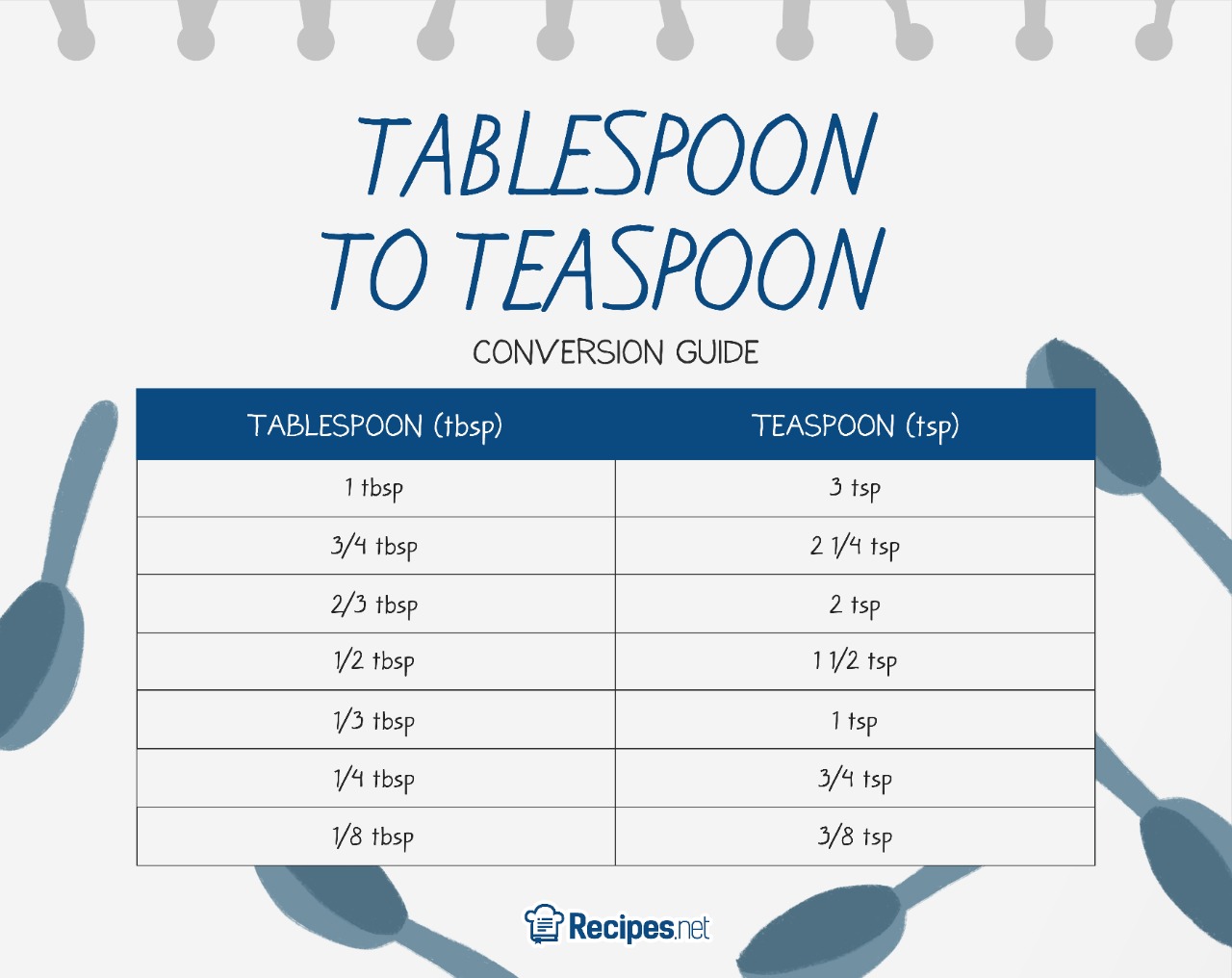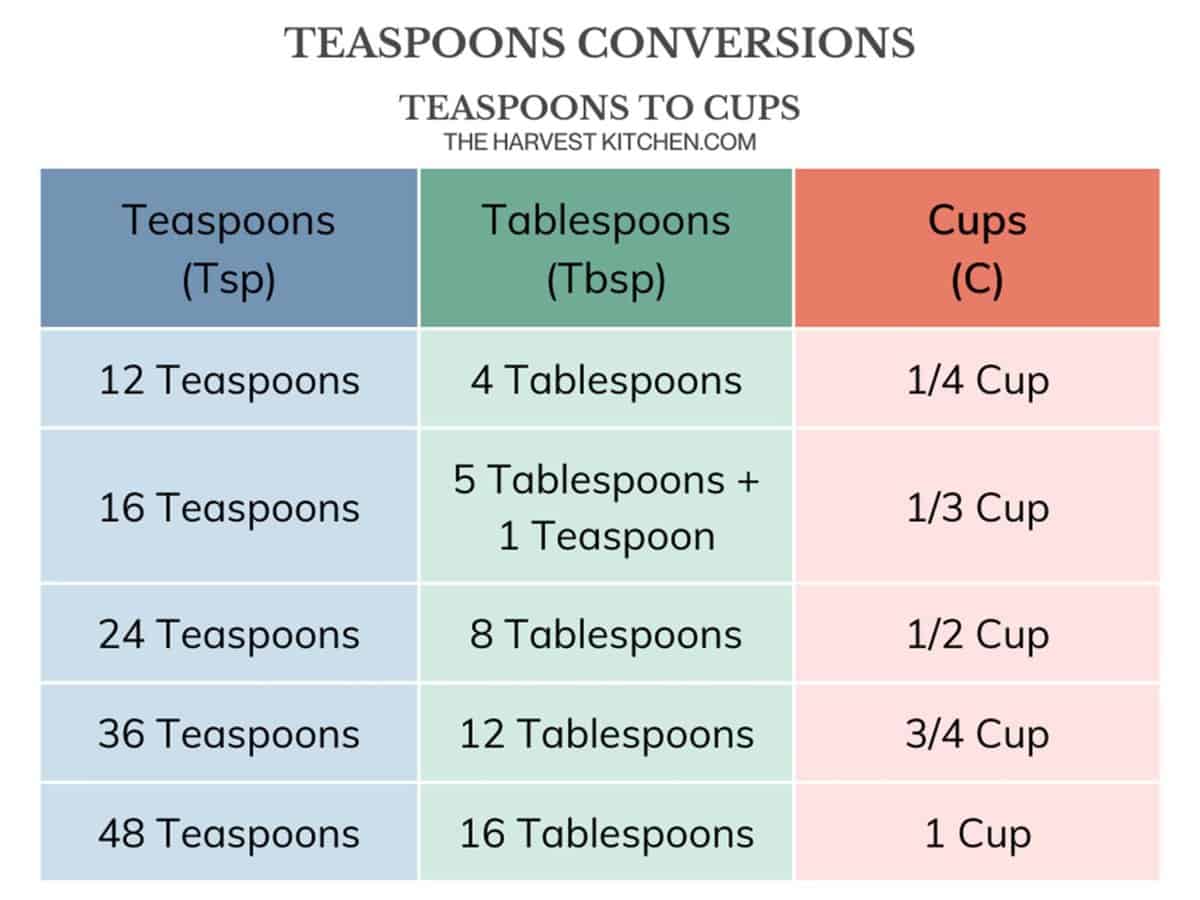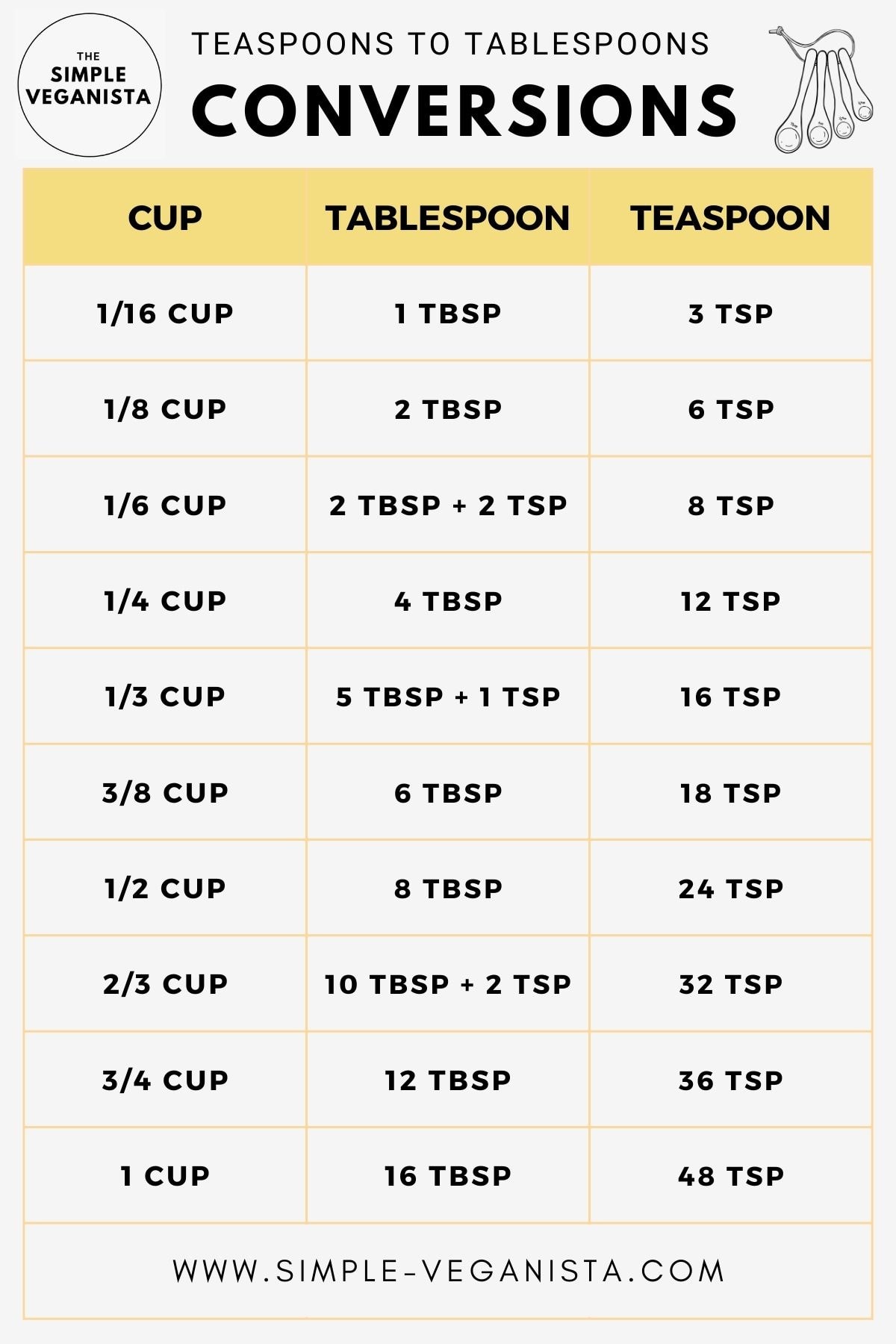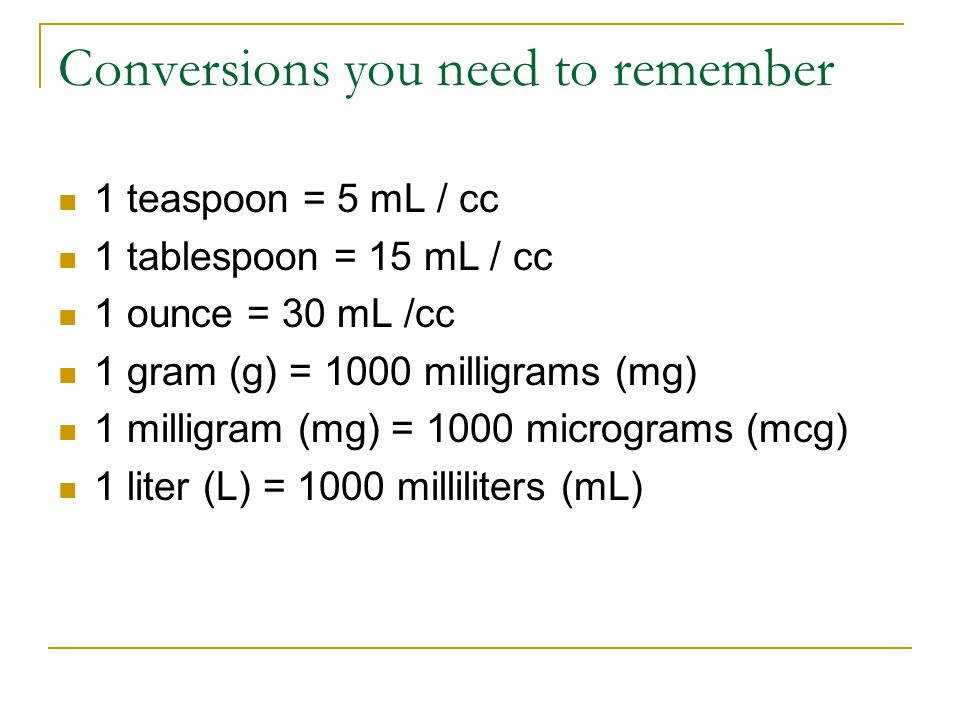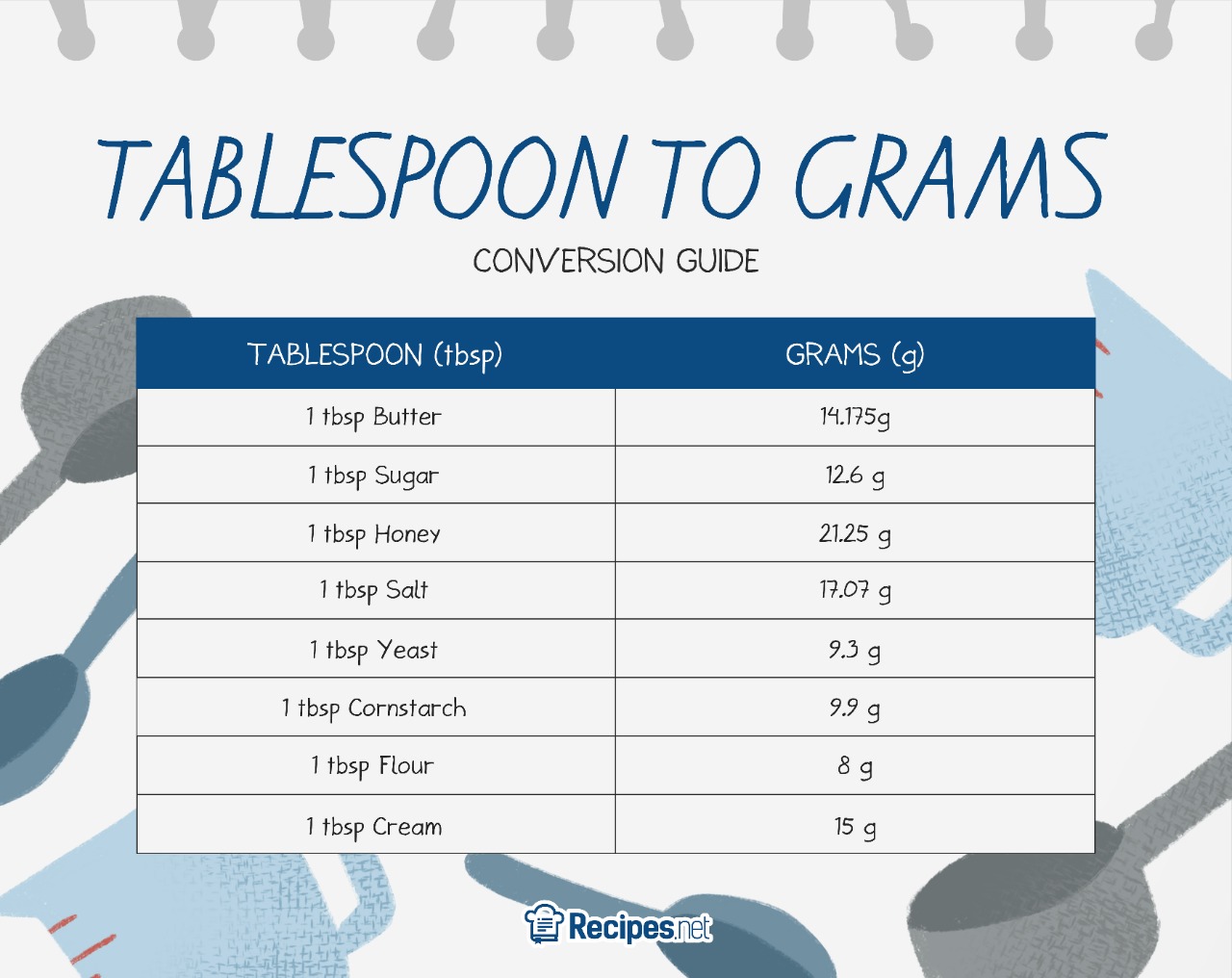600 Mg Is How Many Teaspoons

The question, "600 mg is how many teaspoons?" seems simple, yet it plunges into a surprisingly complex world of measurements, densities, and the critical importance of accuracy, particularly in medication and food preparation. Miscalculations, even seemingly minor ones, can have significant consequences, affecting health outcomes and potentially endangering lives. This isn't just a matter of household conversion; it's a matter of understanding the nuances that bridge the gap between weight and volume.
While seemingly straightforward, converting 600 milligrams (mg) to teaspoons is fraught with variables. Density is the key determinant, varying significantly from substance to substance. This article dissects this conversion, exploring the factors influencing it, potential risks of inaccurate measurements, and safe practices for handling medications and ingredients. We delve into the importance of precise measurement tools and guidelines from credible sources, providing a comprehensive understanding of why a one-size-fits-all answer is not only impossible but potentially dangerous.
The Core Challenge: Weight vs. Volume
Milligrams (mg) represent a unit of weight or mass. Teaspoons, on the other hand, measure volume.
The conversion from weight to volume requires knowing the density of the substance in question. Density is defined as mass per unit volume, typically expressed in grams per milliliter (g/mL) or similar units.
Density's Pivotal Role
Different substances possess drastically different densities. For example, 600 mg of water occupies a different volume than 600 mg of salt.
This is because salt is denser than water. Therefore, using a teaspoon measurement intended for one substance for another will invariably lead to inaccuracies.
Examples: Common Substances and Their Conversions
To illustrate the variability, let's consider a few examples.
These examples are based on approximate densities and should not be used for medication purposes.
Water
The density of water is approximately 1 g/mL. Since 1 mL is roughly equivalent to 0.2 teaspoons, and 600 mg is 0.6 g, then 600 mg of water is approximately 0.12 teaspoons.
Table Salt
Table salt has a density of about 2.16 g/mL. Following the same calculation, 600 mg (0.6 g) of salt would occupy roughly 0.06 teaspoons.
Granulated Sugar
Granulated sugar has a density of around 0.7 g/mL. Consequently, 600 mg (0.6 g) of granulated sugar equates to approximately 0.17 teaspoons.
The Dangers of Inaccurate Measurements
Imprecise measurements pose significant risks, particularly when dealing with medications. Overdosing can lead to adverse effects, toxicity, and even death.
Underdosing, conversely, can render the medication ineffective, prolonging illness or failing to manage a condition.
Inaccurate measurements in cooking and baking can also compromise the final product’s taste and texture.
Safe Practices and Reliable Measurement Tools
For medication, always use the measuring device provided by your pharmacist or doctor. These devices are calibrated to deliver the precise dose prescribed.
If a measuring device is not provided, consult your pharmacist for advice on the most appropriate tool.
Kitchen scales are highly recommended for accurate measurements in cooking and baking. Digital scales offer the greatest precision.
Consulting Professionals
Pharmacists are the best resource for accurate medication measurements. They can provide specific instructions and calibrated tools.
Registered dietitians can offer guidance on accurate measurements for dietary purposes, ensuring proper portion control and nutrient intake.
Official Guidelines and Recommendations
Organizations like the World Health Organization (WHO) and the Food and Drug Administration (FDA) emphasize the importance of accurate measurements in healthcare and food safety. They provide guidelines and regulations to minimize errors and ensure patient safety.
Refer to official publications and websites from these organizations for authoritative information on measurement standards and best practices.
The Future of Measurement: Standardization and Technology
Efforts are ongoing to standardize measurement practices and develop more precise measurement technologies. This includes advancements in digital measurement tools and the development of standardized measuring spoons and cups.
The goal is to reduce variability and enhance accuracy across various applications, from healthcare to cooking.
Conclusion: Precision is Paramount
While there is no definitive answer to "600 mg is how many teaspoons?" without knowing the substance's density, understanding the underlying principles of weight and volume conversion is crucial. The risk of inaccurate measurements, particularly in medication, cannot be overstated.
Prioritizing accuracy through the use of calibrated tools, professional guidance, and adherence to official guidelines ensures safety and optimal outcomes. Never estimate. Always measure with care.



